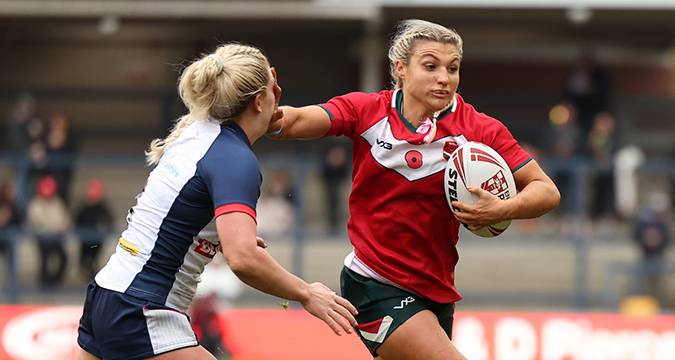 ENGLAND will be joined by women's sides from at least two other European nations at the next World Cup in 2026.
The International Rugby League (IRL) has set out a new qualifying process after the delay from 2025 and switch from France to the southern hemisphere also saw the women's tournament reduced from 16 teams to eight.
That is the same n
ENGLAND will be joined by women's sides from at least two other European nations at the next World Cup in 2026.
The International Rugby League (IRL) has set out a new qualifying process after the delay from 2025 and switch from France to the southern hemisphere also saw the women's tournament reduced from 16 teams to eight.
That is the same n Women’s World Cup qualifying process set out as European sides vie for places
 ENGLAND will be joined by women's sides from at least two other European nations at the next World Cup in 2026.
The International Rugby League (IRL) has set out a new qualifying process after the delay from 2025 and switch from France to the southern hemisphere also saw the women's tournament reduced from 16 teams to eight.
That is the same n
ENGLAND will be joined by women's sides from at least two other European nations at the next World Cup in 2026.
The International Rugby League (IRL) has set out a new qualifying process after the delay from 2025 and switch from France to the southern hemisphere also saw the women's tournament reduced from 16 teams to eight.
That is the same n 